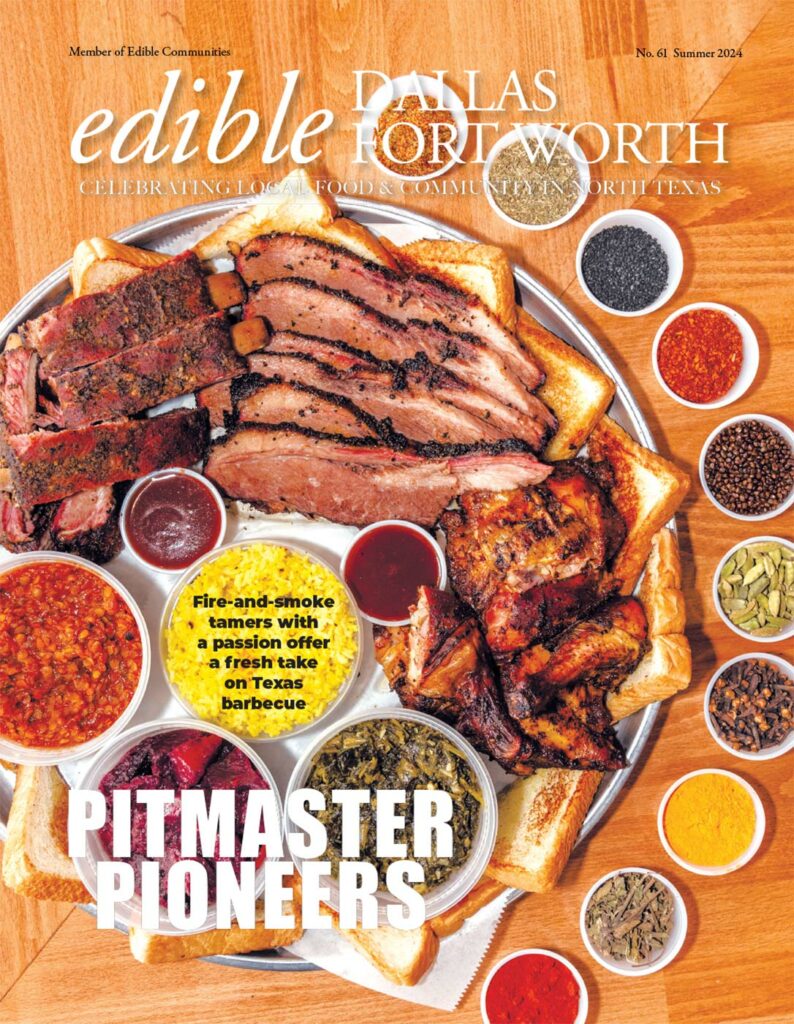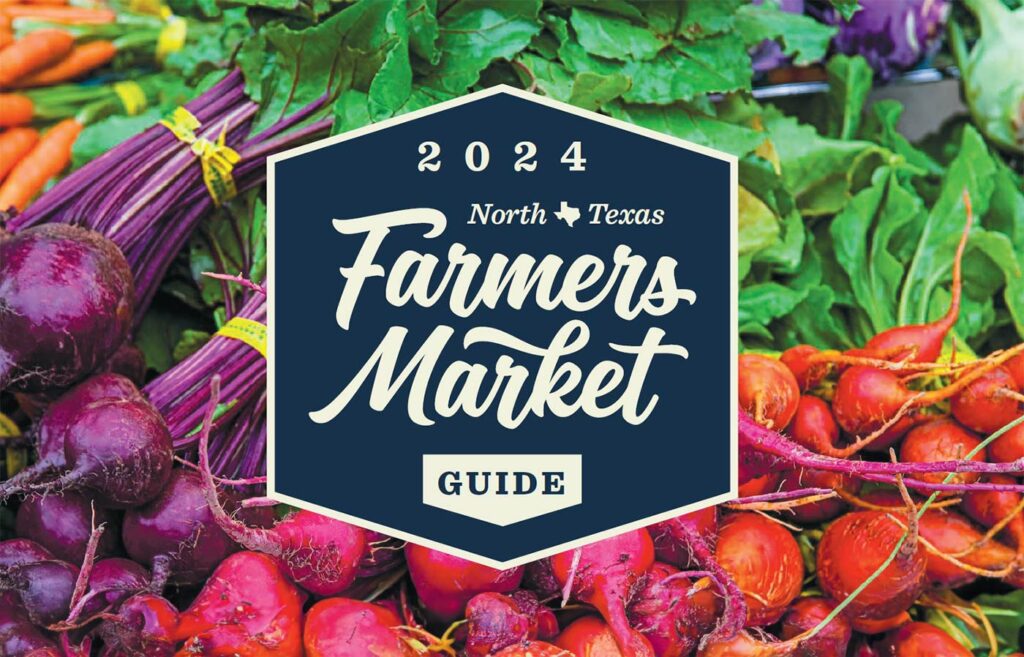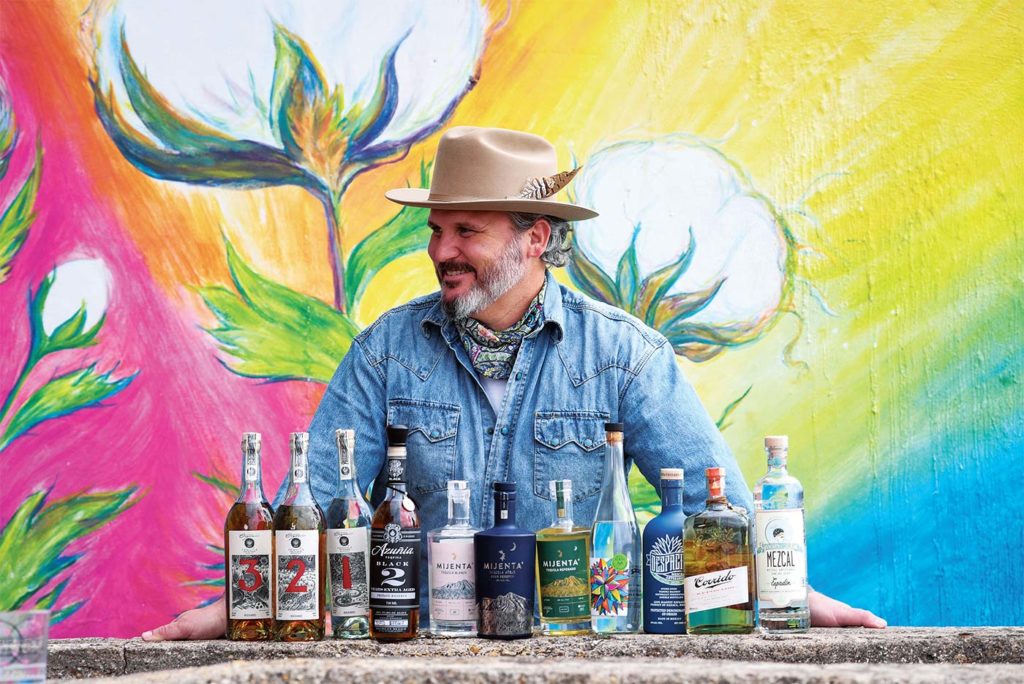
TEQUILA, MEZCAL, SOTOL
RECIPES REID LEWIS & DREW GARISON
PHOTOGRAPHY AZURE PHOTOGRAPHY
This story begins with the maguey plant, a.k.a. agave, grown primarily in the arid deserts of Mexico and the southwestern United States. Agave is commonly thought of as a cactus, but it is actually a succulent, the distinction being that a cactus has no leaves, while a succulent has thick, fleshy ones that store water.
The three most common products derived from agave are agave nectar, tequila and mezcal. A similar distillate gaining notoriety is sotol, but it does not come from agave. Let’s dispel misconceptions and dig into the differences between these three succulent spirits! Tequila is Mezcal
Agave distillation starts with the overarching, broad category of mezcal. The spirit may be nicknamed tequila’s smoky sister, but mezcal is actually the mother. Technically, mezcal is any spirit distilled from an agave plant; in Nahuatl, the name means “oven-cooked agave.” Tequila is a specific sub-category of the overall classification. So you can stop saying that you don’t like mezcal—if you like tequila, you like mezcal!
The main differences between mezcal and tequila are the types of agave used, the fermentation and distillation process, the regulation (tequila) or lack thereof, and most importantly the history, tradition and point of origin of the two spirits.
TEQUILA is uniquely distilled from the Blue Weber Agave plant (or blue agave) in the Asparagaceae family. It grows aggressively fast and is native to North America, specifically Mexico. There are five designated regions for tequila production: Jalisco, Tamaulipas, Guanajuato, Nayarit, and Michoacan. Jalisco is the largest region, producing 98 percent of all tequila in the world.
Tequila is hand-harvested by skilled jimadors using a specialized, sharp, spade-like tool called a coa. The jimadors unearth the plant and chop off its leaves using their coa, leaving the agave core or piña. The piñas are roasted and cooled for several days, then pressed to extract the sugar and juices, which are fermented and distilled into a crystal-clear tequila. Methods of extraction can vary from shredding the plant to the traditional “tahona” method, in which the plant is crushed by a stone wheel over several days to extract the agave juice. There are some processs variations you can research, so mix yourself a tequila cocktail while you dig deeper!
MEZCAL From subtle vegetal notes to hints of citrus and savory smoke, how can one drink capture the taste of a desert sunset? The answer is simple—mezcal is the wine of the Aztecs and the very first distillate of the Americas. Several regions in Mexico produce mezcal, but the southern state of Oaxaca produces the most by far and is the best-known. Most mezcals are still produced in small villages, with long-standing traditional methods passed down for generations. Ninety percent of all mezcal is distilled from the Espadin agave plant, but unlike tequila, it can be made from any agave.
What gives mezcal its distinct smoky flavor? After the agave plants are harvested, the piñas are placed into pits in the ground and cooked for several days. Then the cooked agave is mashed by a stone wheel and distilled in either clay or copper pots after fermentation. This process is where mezcal gets its smoky flavor and notes of earth. The real magic is in the families and villages that make their own unique mezcals and the traditional methods passed down through generations.
I haven’t forgotten about SOTOL and this underdog is starting to get a lot cooler. Dasylirion wheeleri, or more commonly Desert Spoon, is a native North American plant found in parts of south and west Texas. Only a few sotol distilleries exist and even fewer are making a great product. Although sotol has been distilled for more than 300 years, until recently it had a minimal following. However, due to recent droughts in the American southwest, a crop like sotol that is heat and drought resistant is becoming more and more popular. Drink up!
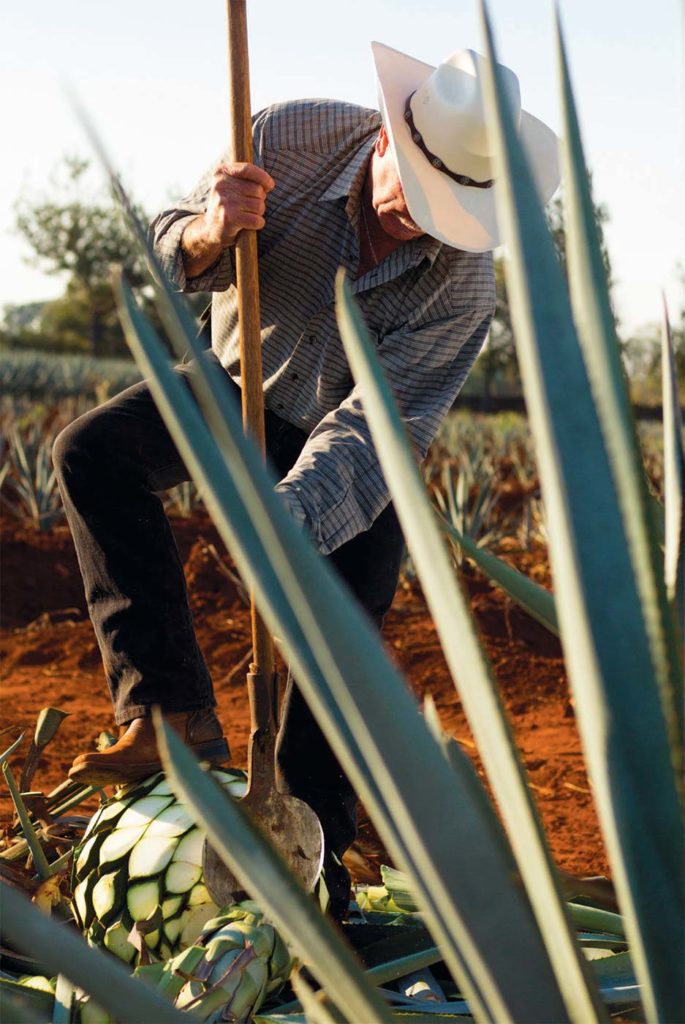
SPIRIT SIDE BAR: A CLOSER LOOK
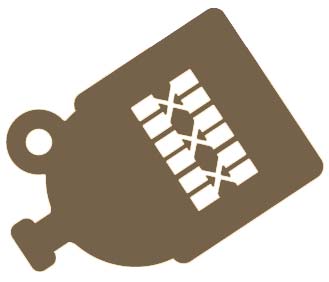
MIJENTA
Mijenta is a female-led and operated tequila company with a focus on sustainability. The distilling operations are overseen by legendary Maestra Tequilera Ana Maria Romero Mena, who literally wrote the book on tasting tequila. In 2007 Ana Maria’s aroma wheel, featuring over 600 aromas, became the industry standard. The sustainability efforts are led by Harvard graduate and co-founder Elise Som. Elise is a sustainable designer and led Mijenta’s achievement in becoming the only tequila to receive a B Corp certification based on its social and environmental efforts, among other factors. Mijenta counters its carbon emissions and prioritizes quality of life for its employees and partners. Given its innovations in the tequila industry, it’s easy to get excited about what Mijenta can do.
AMARAS VERDE
With its symbol of the sun, Casa Amaras embodies a deep commitment to the “community, terroir and love of the earth.” A percentage of profit from each bottle goes to initiatives associated with social and environmental responsibility for the land on which the agave is grown and mezcal produced. All agave for Casa Amaras is grown organically using compost from the distillery, and it is harvested only in areas with strict policies for reforestation and replanting of the agave. Amaras is currently the only carbon-neutral mezcal in the world.
WHAT’S IN A NOM
NOM stands for Norma Oficial Mexicana and is a four-digit number assigned to each tequila distillery. If you do not see the letters NOM with a four-digit number underneath, then whatever is in the bottle is not certifiable tequila. For example, Mijenta is produced by Ana Maria at NOM 1499 and 1412, and the label clearly shows it.
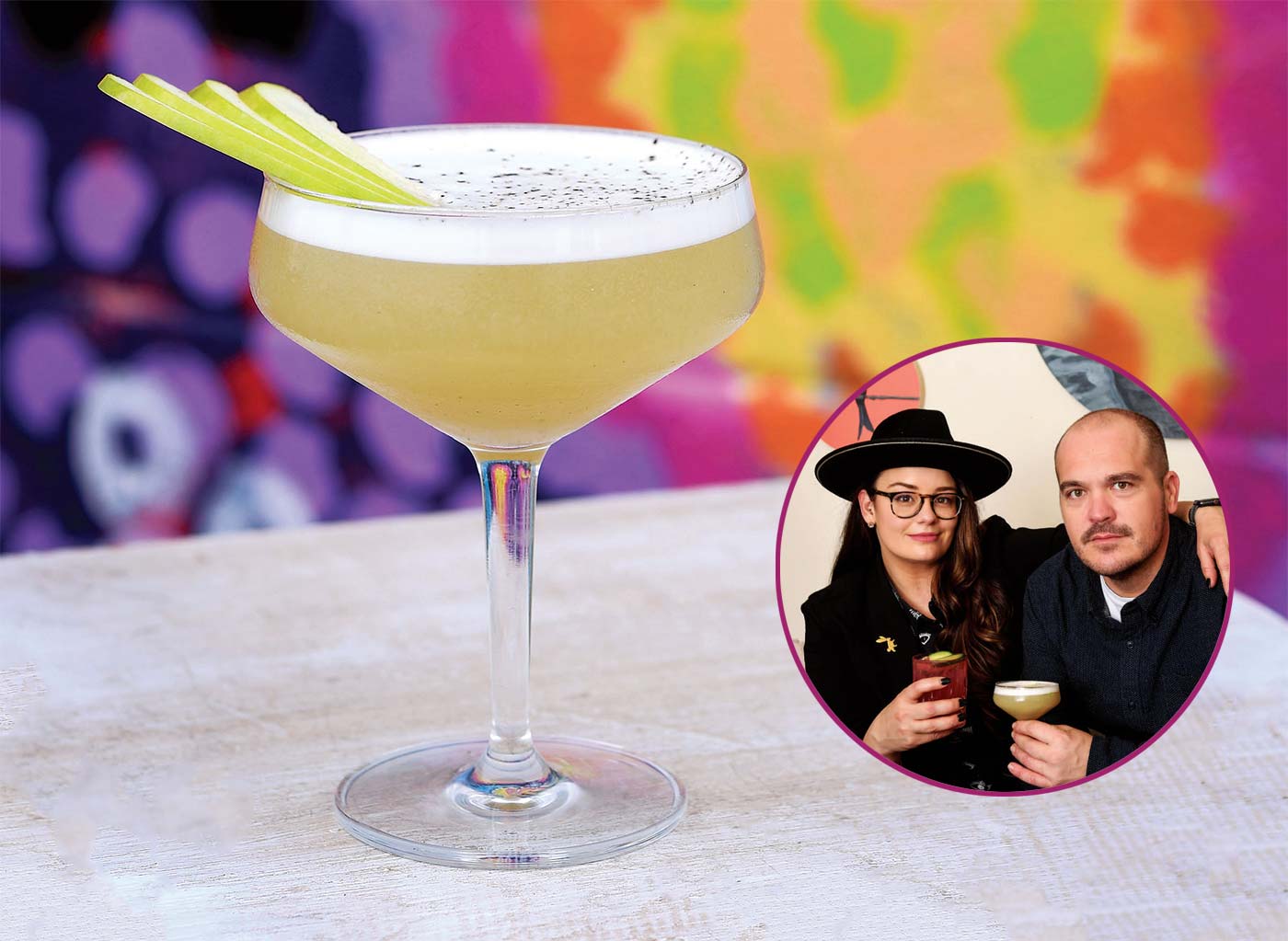
Manzana Picante
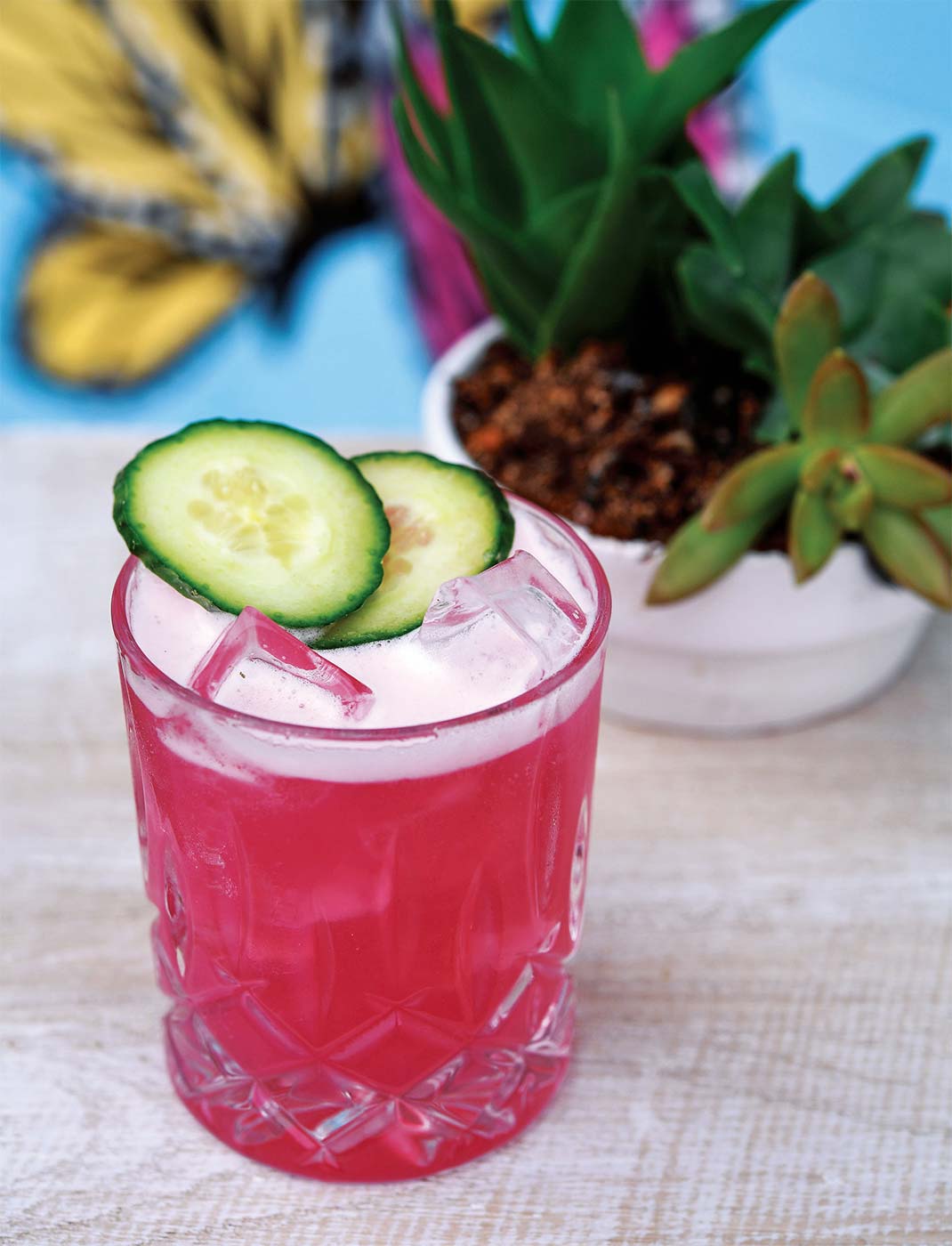
Desert Flower
Toby Thomason is General Manager of Harvest Seasonal Kitchen and Board Member of The Seed Project Foundation




